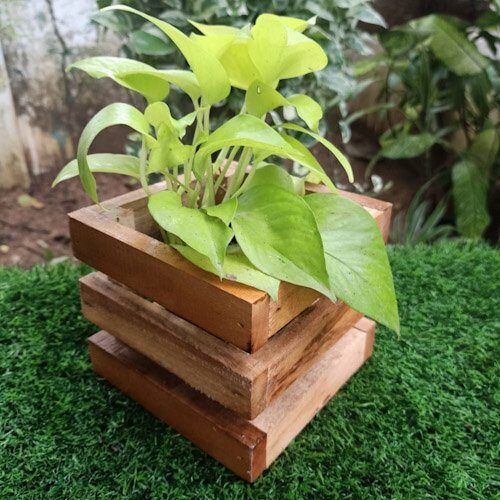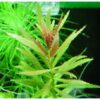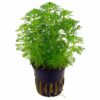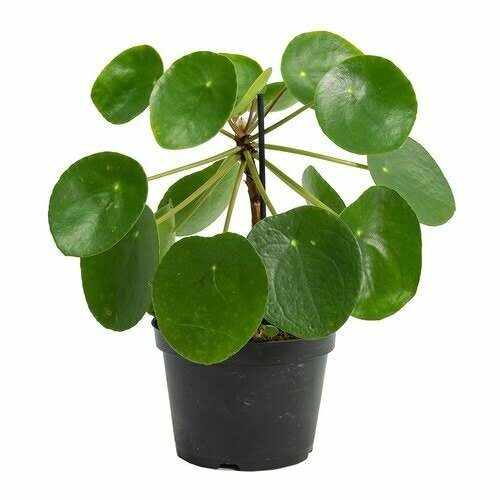Limnophila Rugosa is found throughout tropical Asia, where it grows along rivers and in other wet, partly shaded areas. This 10-50 cm tall wetland plant can grow both above and below water. Limnophila rugosa is unlike any other Limnophila in the aquarium hobby. Its freshly green, decoratively hammered (bullate) leaves resemble basil, and this plant is used as a spice herb in Asia. Its aroma is similar to anise. It was first introduced as an aquarium plant in a 2010 article by Christel Kasselmann. Until now, this decorative stem plant has been difficult to find in the aquarium trade. Limnophila rugosa has few requirements and grows slowly. Medium lighting is adequate. It grows best in soft to medium hard water, with CO2 added and a good supply of macro- and micronutrients. A lack of nutrients can cause small holes in the leaves. It has a temperature range of 15 to 30 °C, with optimum temperatures of 22-28 °C. The stems ramify well, and the side shoots are easy to detach and propagate. Trimming the main shoots on a regular basis promotes dense, bushy growth. This outstanding Limnophila species is distinguished by its light green colour, bullate leaf structure, and compact growth. Limnophila rugosa looks best in groups in the middleground and is ideal for “plant streets” in Dutch-style aquariums.
Plant Distribution in Southeast and East Asia, as well as the South Pacific
Parts that are edible
Aromatic leaves are eaten raw in salads with other vegetables or used to flavour cooked dishes.
Health considerations
Beta-carotene levels are low; vitamin E levels are medium; folic acid levels are low; ascorbic acid levels are medium; calcium levels are medium; iron levels are extremely high; and protein levels are 2.0%. Limonene and 5,7-dihydroxy-8,3′,5′-trimethoxyflavone are also found in edible parts (a flavonoid).
Limnophila rugosa is a fragrant, erect, semi-aquatic perennial herb that can grow up to 50 cm tall[266, 310].
The leaves are a popular side dish in Southeast Asia, where they are foraged. The plant is also used medicinally and produces essential oil.
Rosa rugosa spreads in what ways?
It spreads by seed or sucker, forming 10- to 20-foot-wide patches. In Maine, the roses produce large, vitamin-C-rich, showy orange hips in the fall, usually in late August or early September. This shrub is simple to grow.
How do I begin growing a rugosa rose?
Coat the end of the stem cutting with rooting hormone and stick it in coarse sand at least 4 inches deep. To maintain a high humidity level, cover the cutting with a clear plastic bag. To root, the cutting requires a warm, bright environment. Direct sunlight generates excessive heat, which will kill the cutting.
Limnophila rugosa is a low-maintenance, slower-growing plant. Medium lighting is adequate. It grows best in soft to medium hard water, with CO2 added and a good supply of macro- and micronutrients. A lack of nutrients can cause small holes in the leaves. It has a temperature range of 15 to 30 °C, with optimum temperatures of 22-28 °C.










